How do the Venus Flytrap’s trigger hairs work?
The Venus Flytrap’s trigger hairs are specialized sensory structures located on the inner surface of its modified leaves, called traps. The trigger hairs are tiny, hair-like projections that are sensitive to touch.
When an insect or other small prey lands on the Venus Flytrap’s trap, it may brush against one or more of the trigger hairs. This triggers a series of electrical signals that travel through the trap and stimulate the release of digestive enzymes.
The Venus Flytrap’s trigger hairs work by a process called rapid plant movement. When the trigger hairs are stimulated, they send an electrical signal to the cells in the midrib of the trap. These cells rapidly change shape and create a curvature that closes the trap, trapping the prey inside.
The Venus Flytrap’s trigger hairs are designed to detect the movement of prey, which distinguishes them from other types of sensory hairs that plants have. This sensitivity allows the Venus Flytrap to only close its trap when it’s likely to catch prey, minimizing the energy it expends on digesting non-prey items.
Overall, the Venus Flytrap’s trigger hairs are an impressive adaptation that allows it to capture and digest insects and other small organisms.

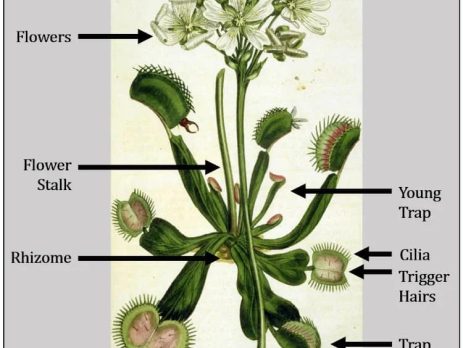
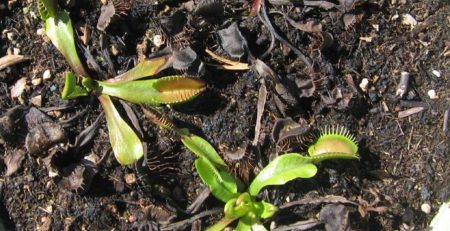
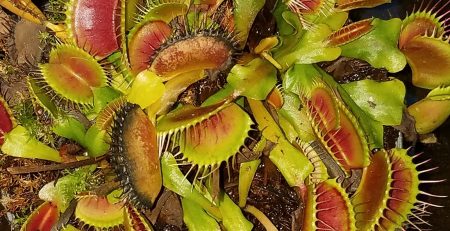
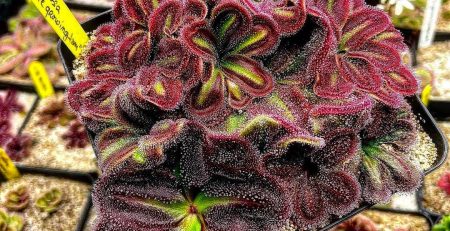
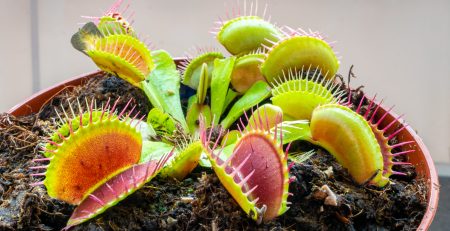
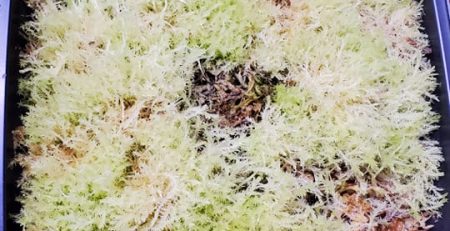
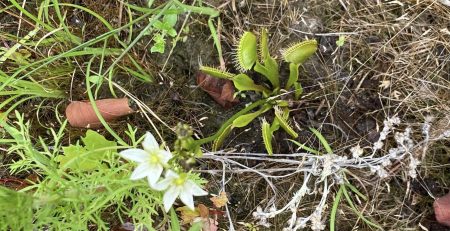
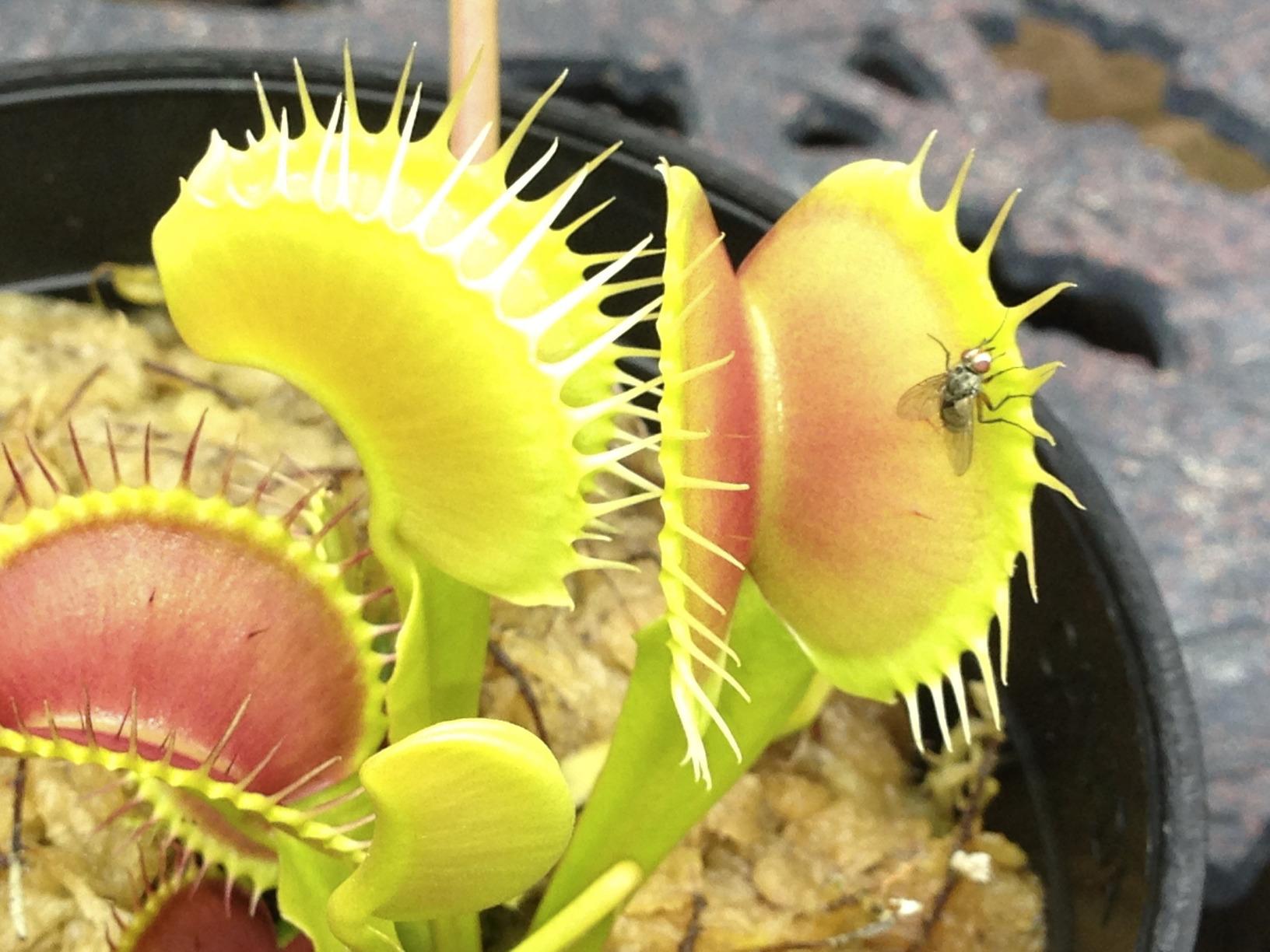

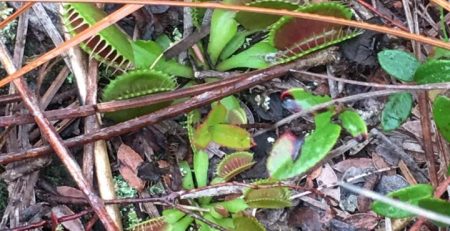
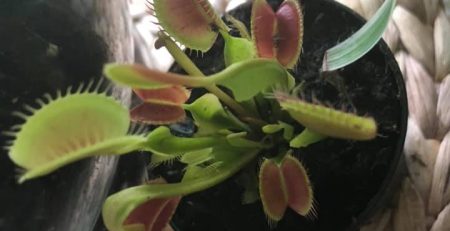
Leave a Reply
You must be logged in to post a comment.